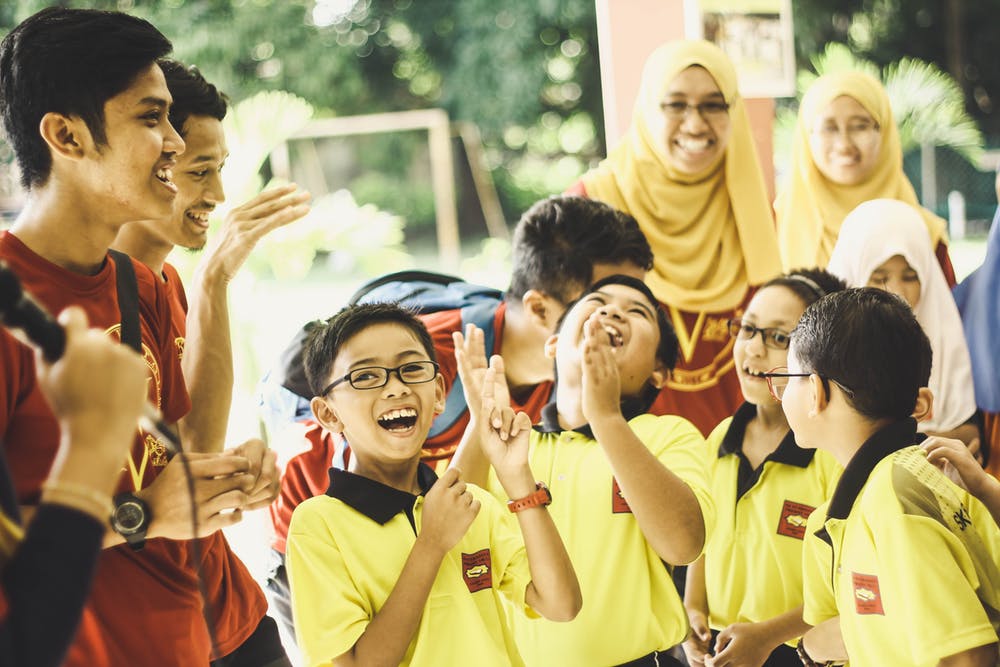Are you looking for hacks to encourage students not to make inappropriate comments to peers? If so, keep reading.
1. Give the student the chance to work with a peer who will be a model for communicating appropriately.
2. Do not force the student to interact with other students with whom they are not entirely comfortable.
3. Minimize stimuli that contribute to the student’s derogatory remarks, unacceptable gestures, arguing, calling names, cursing, etc.
4. Make sure the student knows the logical consequences of their unacceptable behavior(e.g., peers will choose not to interact with him/her, exclusion from learning activities, etc.).
5. Minimize the emphasis on competition. Repeated failure may result in anger and frustration that may take the form of unacceptable remarks.
6. Teach the student problem-solving skills: (a) find the problem, (b) find goals and objectives, (c) create strategies, (d) create a plan for action, and (e) carry out the plan.
7. Praise the student for communicating appropriately based on the duration of time the student can be successful. As the student shows success, slowly increase the duration of time required for reinforcement.
8. Take the student away from the learning experience until they can demonstrate appropriate behavior.
9. Stop the student from becoming overstimulated by a learning experience(i.e., monitor or supervise student behavior to limit overexcitement).
10. Make sure the student knows that unacceptable remarks will not be tolerated at school.
11. Separate the student from the student(s) who is the primary stimulus or focus of the unacceptable remarks.
12. Convey your feelings in a socially acceptable manner.
13. Utilize language that is pleasant and calming when speaking with the student to avoid stimulating the student to make unacceptable remarks.
14. Require that the student find alternative, appropriate behaviors after an instance of unacceptable remarks (e.g., walking away from the peer, seeking teacher intervention, etc.).
15. Teach the student positive ways to interact with other students.
16. Teach the student to think before acting (e.g., they should ask themselves, “What is happening?” “What am I doing?” “What should I do?” “What will be best for me?”).
17. Assess the appropriateness of the social situation concerning the student’s capacity and ability to function successfully.
18. Always treat the student with the utmost respect. Converse with the student objectively and professionally at all times.
19. Make sure the student will have adult supervision (e.g., lunch, break time, etc.).
20. Minimize learning activities that might threaten the student (e.g., announcing test scores aloud, making students read aloud in class, overly praising the success of high achievers, etc.).
21. Talk with the student to explain(a) what the student is doing wrong (e.g., arguing, menacing, calling names, etc.) and (b) what the student should be doing (e.g., following the rules, staying on-task, paying attention to their duties, etc.).
22. Consider using an adaptive behavior management app. Click here to view a list of apps that we recommend.
23. Click here to learn about six bonus strategies for challenging problem behaviors and mastering classroom management.





